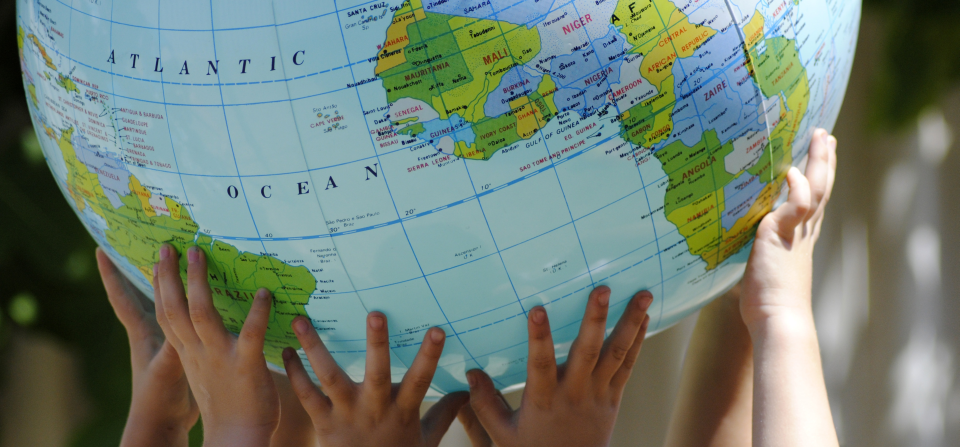
Today I saw a new soccer ball design, created especially for next year’s World Cup in Brazil. And I saw people protesting against the government in Ukraine and Thailand and others waiting to vote in India. I probably wouldn’t have thought about any of these things had I not spent a few minutes looking through the Guardian’s Best Pictures of the Day. It occurs to me that this set of pictures, which are updated each day, would make a great resource for encouraging global curiosity; observation; critical thinking; considering different perspectives; questioning and a bunch of other useful skills in students. Here are some ideas about how to use them in the classroom:
- Students to find the location of the photo on a map or globe. Can they also find two unrelated facts about this place?
- Students record, categorise and improve their questions about a single image or set of images.
- Students conduct research about the subject of the photograph (an event, person or animal.) Can they find texts with opposing or different views about the subject?
- Students keep track of how often countries are represented in these photo sets. Can they see any patterns and, if so, what might explain them?
- Students write two captions for each image, one that might encourage the viewer to interpret the image in a positive way and one in a negative way.
- Students imagine that they are in one of the images and explain what they would be thinking. They consider what other people in the image might be thinking.
- Students choose 3 images and write a text (narrative, exposition, poem) that connects them.
- Students choose an image that they think is beautiful and explain why.
- Students observe what perspective the photograph was taken from and discuss why the photographer chose to use this perspective.
- Students look for products and technologies in the images and consider their aesthetics, cost, function and sustainability. Can they think of alternatives or improvements?
- Students choose an image that shows many people or objects and estimate the total number of people or objects.
- Students choose an image that shows people and lists similarities between themselves and the people in the image.
- Students choose an image to illustrate something they think the world needs more or less of.
- Students look for examples of people who are caring for other people or the environment.
How would you use these images?

